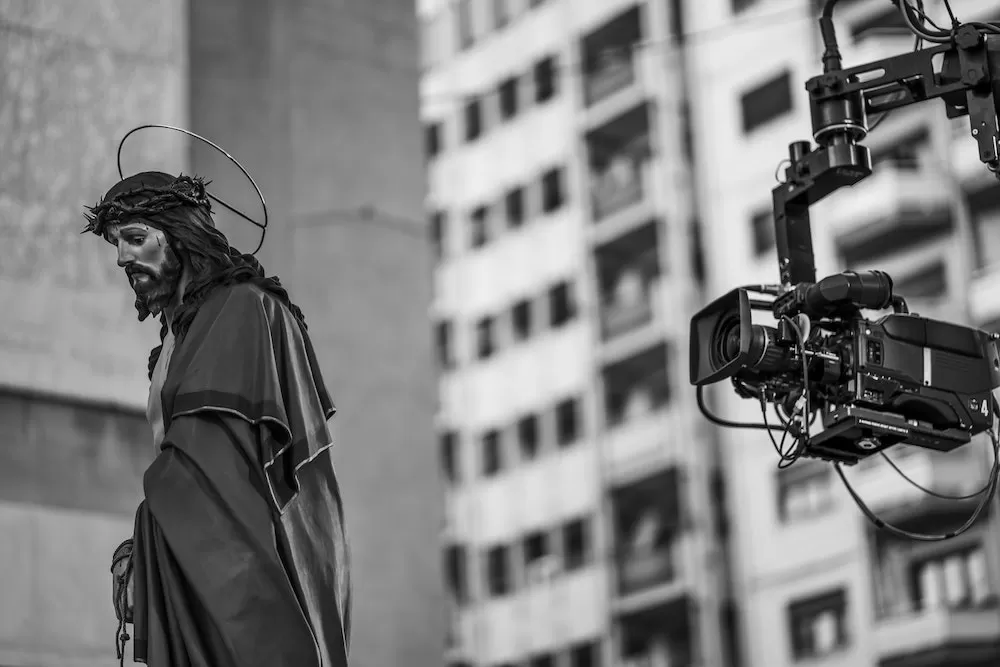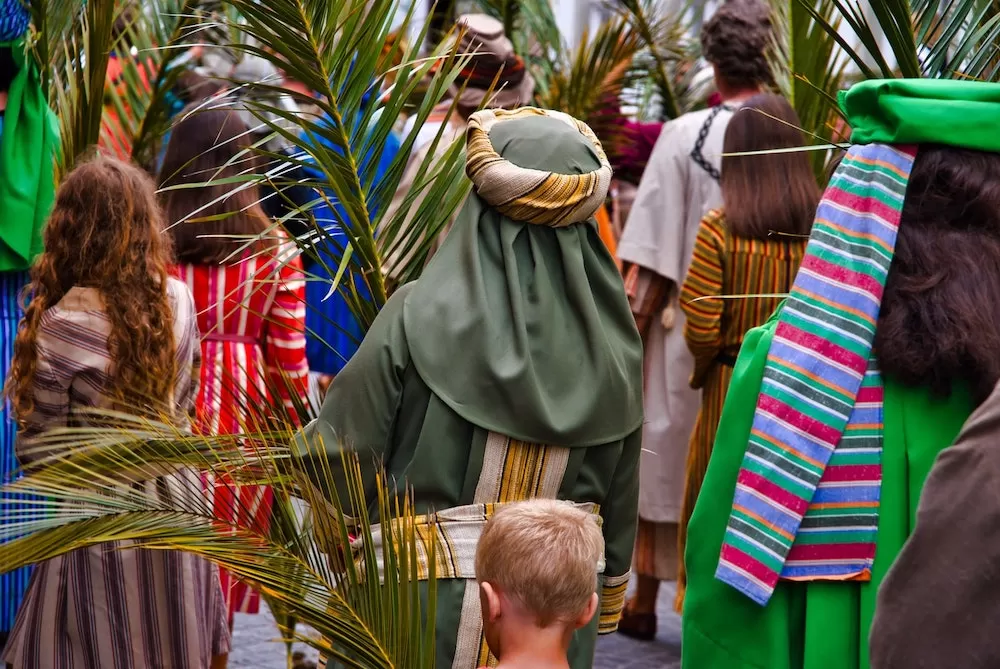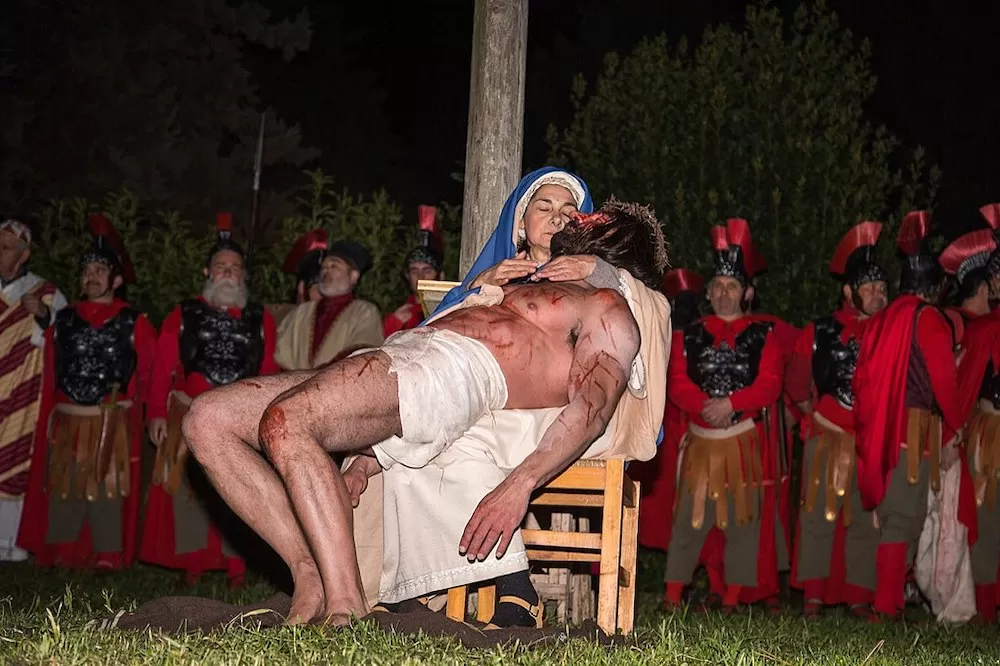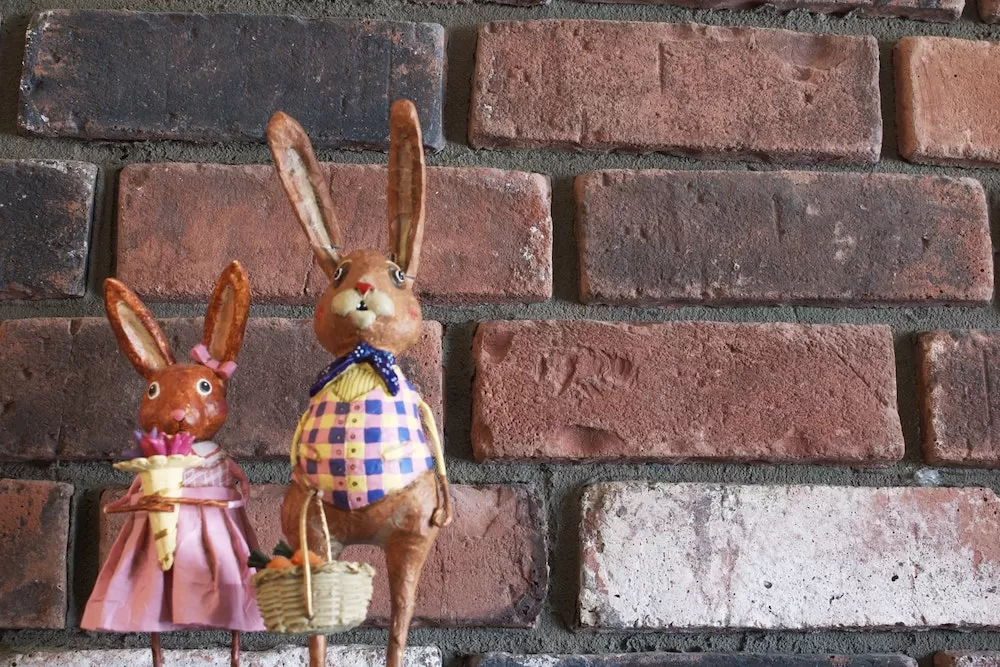One of the trademarks of Mexico is its Roman Catholicism. The Central American county is one of the most devout in the Catholic Church, comparable to the likes of Italy, Spain, and the Philippines. And every spring, just as the sunshine and warm weather have returned, there happens a week in which the whole country lets out old traditions:
Semana Santa or 'Holy Week.' The week said to have been Jesus' last moments before dying on the cross and resurrecting on the following Sunday, seeing how Mexicans commemorate this holiday week is truly fascinating! Here's what they do!
Schools Are Out In The Entire Country
As already mentioned, Mexico is a heavily devout Roman Catholic country. This means that religious holidays hold as much, if not even greater weight than the national
public holidays in the country. So when Semana Santa comes around, expect schools to be over already. It's sort of like Mexico's own version of spring break, right before summer vacation comes in July. It's because of this that, apart from the more religious traditions that Mexicans do, many people go on vacation during this time. You'll see them sightseeing, going to the beach, and spending time with friends and family during what should be a solemn occasion.
Wave A Palm For Jesus Christ
If you're a Catholic, you'd know that Semana Santa starts on '
Domingo de Ramos,' or Palm Sunday. In the Bible, this day marks the time Jesus Christ arrived in Jerusalem a week before He was to be executed and undertake His ultimate sacrifice. Here in Mexico, people commemorate that day by buying or making their own palms and waving them during Sunday mass. You'll see many cities practically covered in palms, as far as your eye can see, especially in churches and the squares near them. You might even see some in restaurants where families go to eat after hearing mass!
Marvel At The Solemn Processions
From Palm Sunday to Good Friday (
Viernes Santo), various churches throughout Mexico hold solemn processions. They parade statues of Biblical figures and saints throughout the towns and cities while reciting prayers and novenas. Some even sequence their procession to present the various scenes of Jesus' life right before He was nailed on the cross. People would place the statures of flower-filled carriages and push or pull them around for all the communities to see. Meanwhile, spectators stop and watch the procession, praying on their spot as the religious figures pass them by. It's quite a sight to see, a beautiful peek into the heavily Catholic culture of the country.
Watch A Passion Play
What also takes place during Semana Santa, most especially during
Viernes Santo are the Passion plays. It’s similar to how
London also puts on a theatrical play of the “Passion of Christ” during Easter Sunday. Right after the solemn processions, on the town squares located by the church in each community, people act out Jesus' final moments based on the events of the bible. Men dressed as Christ would carry crosses, wear crowns of thorns on their heads, speak the words that Christ was claimed to have said, during His final moments, and lay dead on the arms of His Mother, the Blessed Virgin Mary. Some Passion Plays even go as far as to depict the Risen Christ on Easter Sunday too!
See Judas Iscariot Burn
Now, this may sound quite scary and morbid, but it's really not. In many cities throughout Mexico, people make paper mache versions of Judas Iscariot, the man who betrayed Jesus Christ and sold him to the Pharisees for thirty pieces of silver, and burn them in a huge bonfire on Holy Saturday. In some instances, they would even include effigies of controversial figures such as disgraced politicians and 'canceled' celebrities to burn alongside the Biblical traitor. This is to 'punish' the sins of Judas (and those who Mexicans think are just as infamous as him) right before Jesus Christ's resurrection on Easter Sunday.
Don't Expect To See The Easter Bunny
Speaking of Easter Sunday, here in Mexico, people celebrate it a little differently than in other countries. For one thing, don't expect to see the Easter Bunny anywhere in the country. Instead of going on Easter Egg hunts, Mexican kids hear mass with their families and eat a feast for lunch right after. This furry mythical figure is virtually nonexistent in Mexico. Here, Easter is all about the Risen Christ, not a woodland creature who brings chocolates, candies, and other treats. Some places may bring the Easter Bunny out for commercial purposes, but for the most part, he doesn't have any relevance in Mexico.
Semana Santa, more commonly known as Holy Week, in Mexico is truly something else. It's this special week during springtime that you get to see a side of the country's culture that's unique, fascinating, and definitely a must-see when you're here!
Enjoying your time here in Mexico during
Semana Santa? Well, you'll enjoy it even more when you have a
luxury home here!



